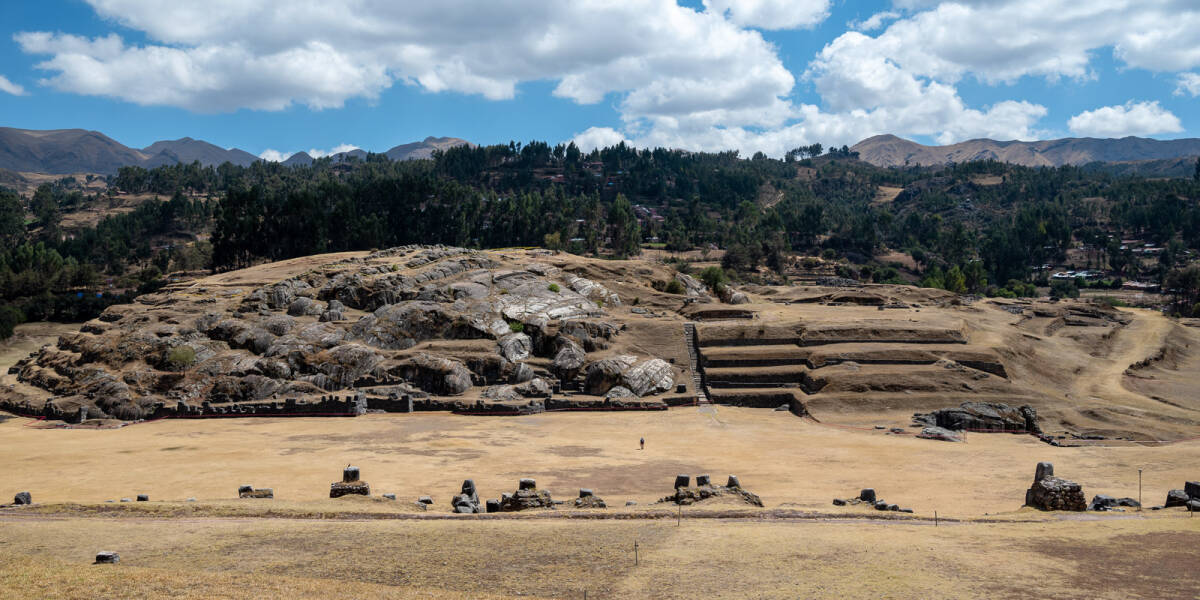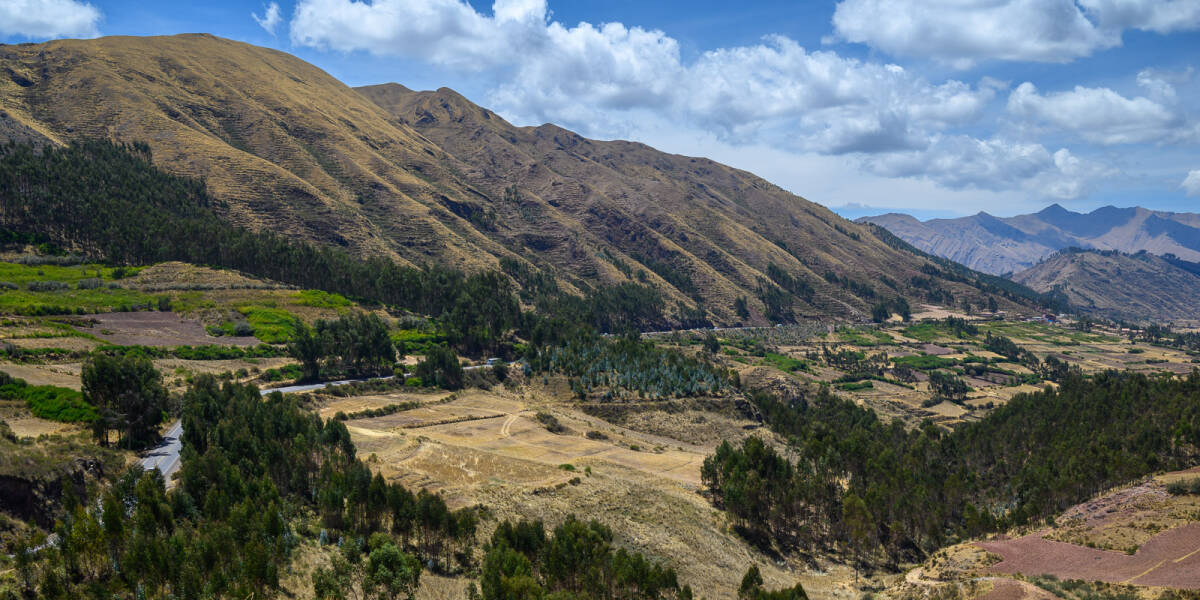A Date with Sacsayhuaman
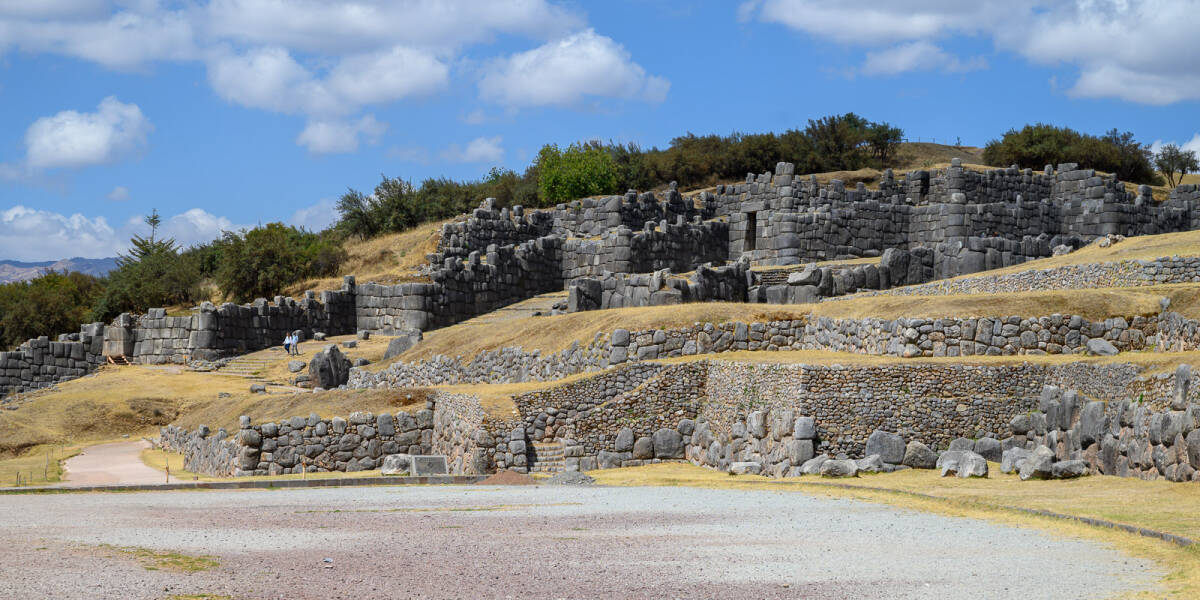
On a steep hill overlooking the center of modern Cusco sits a massive Incan fortress complex called Sacsayhuaman. On your last morning in Peru, your tour bus pulls into the parking lot next to the edge of its massive stone walls and you step out into the cool dry morning air.
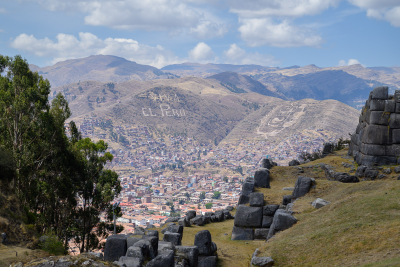
Across the parking lot between slopes you see the giant Viva El Peru sign etched into a hillside on the opposite side of the city. You have seen it from all over Cusco, but this is your clearest view yet. Apparently it and the figure on the opposite hill have something to do with local sports teams and a past championship.
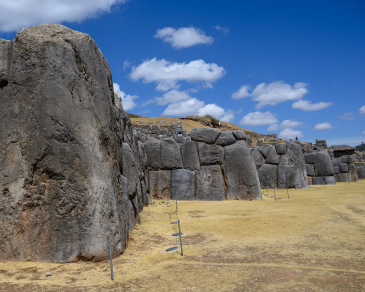
You make your way up the hill and into the center of the fortress grounds, a huge flat field with ruins on either side. Zig zag walls of giant stones stretch out on your left across the front of the main fortress. These stones are massive, some of the largest of any structure found in pre-Hispanic America. This corner stone is 15 to 20 feet tall. They fit together without mortar so tightly a sheet of paper can barely slide between them, and the way they are sloped with rounded corners has helped them to survive the massive earthquakes that frequent the area.
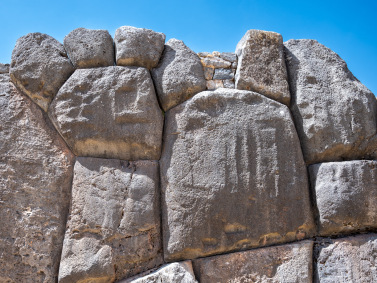
Your guide points to one section of the wall where the stones are arranged in the shape of a puma with an outstretched paw. Pumas were sacred to the Inca, and the ancient city of Cusco itself is said to be arranged in the shape of a giant cat, with Sacsayhuaman at its head. The zig zag walls represent its teeth.
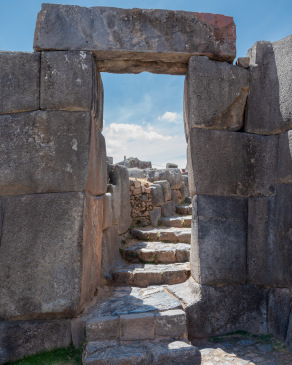
A tall stone doorway opens in the shade of the fortress wall revealing stone steps leading upward. The top of the fortress itself consist of a few partial walls and squared off areas of interest, but the real treat is the view of the surroundings. You are now at the top of the head of the Puma that represents Cusco.
Back the way you came you can see across the great central plaza to El Rodadero, or Suchuna Hill. This pile of cooled lava a thousand years old has rippling sides like sea waves. It serves as a playground and gathering area today as it did for Incan youths of the past.
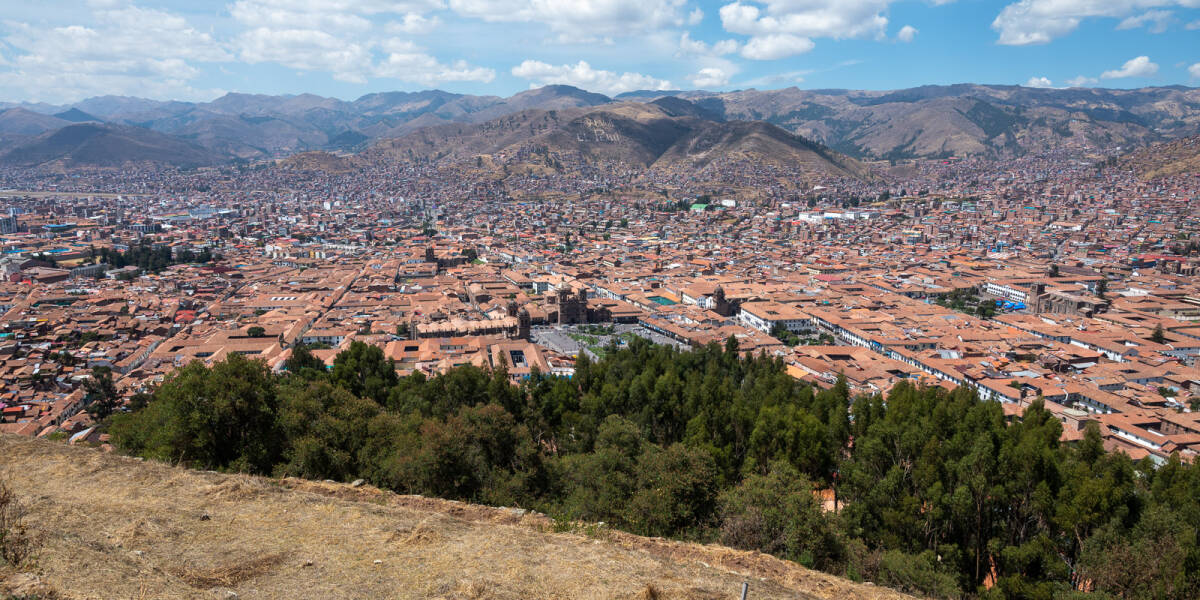
From the opposite side of the fortress, the entire city of Cusco is spread out before you. Plaza de Armas and its churches are just below at the foot of the hill, surrounded by a sea of red tile roofs reaching to the foot of the hills in every direction. You take in the view before heading back to the van for your next stop.
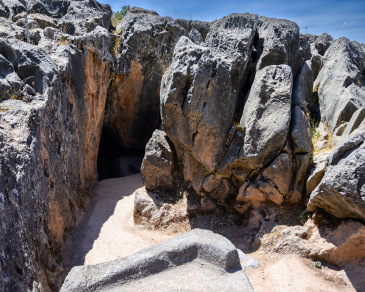
A short distance away is the site of Q’enco, a holy place of the Incas centering on a large brain-like rock formation containing a cavern which is naturally cold and dry. The Incas used this site to prepare and house mummies, an honor given to the most important members of their society who were then still treated almost like living beings.
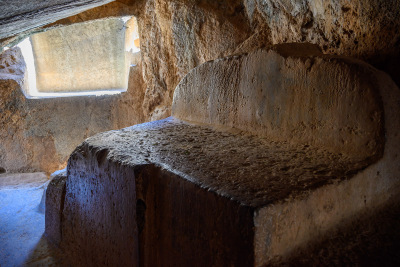
As you step down into the cavern, the rock walls are cold to the touch and a chill is in the air. It is quite remarkable as the cave is not at all deep. Couches and niches are carved into the very hard stone. Light shines through a large window on one side, yet it remains cold. You imagine the original occupants here at night in torchlight, with their patients laid out on the slabs and ornamented with riches. This spot has definitely seen some interesting things.
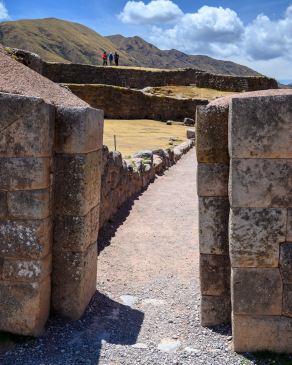
Your next stop a few miles down the road is Puka Pukara, the Red Fortress. This is not that impressive a site, a small squat fortification on a hill with a good view into the distance. Its name come from the pinkish stone that makes up most of it. As you pass a small, ominous looking hole in the ground, your guide tells you the story of some youth who went down there looking for treasure, only to disappear, until long after one of them emerged in a cavern below the Cathedral. It seems reasonable that caverns would connect many areas in this terrain. The stories of treasure, hidden danger and ancient curses underground may well be true.
The view from the Red Fortress is beautiful. It seems like all the mountains are lined with ancient terraces. This seemingly desolate land buzzes with the remnants of human civilization. This location was the perfect sentry post to watch all approaches from this side of the city, and today it makes an excellent last view of the scenery around Cusco.
